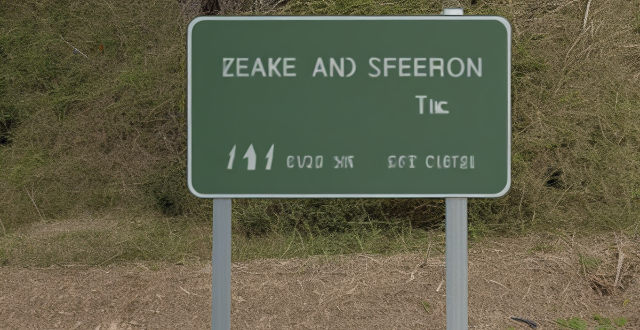Tire wear and tear is a common issue that affects the performance and safety of vehicles. Regularly checking your tires for signs of wear and tear can help prevent accidents and extend the lifespan of your tires. Some common signs of tire wear and tear include tread wear, sidewall damage, cupping and feathering, and age-related wear. It's important to have your tires inspected by a professional mechanic if you notice any of these signs, as they can determine whether your tires need to be replaced or repaired.

Signs of Tire Wear and Tear
Tire wear and tear is a common issue that affects the performance and safety of vehicles. It's important to regularly check your tires for signs of wear and tear, as it can help prevent accidents and extend the lifespan of your tires. In this article, we will discuss some of the most common signs of tire wear and tear.
1. Tread Wear
The tread on your tires is designed to provide traction and grip on the road surface. Over time, the tread can wear down, reducing its effectiveness. Here are some signs of tread wear:
- Uneven Wear: If you notice that the tread is wearing down more in certain areas than others, it could be a sign of misalignment or improper inflation.
- Cracks and Chips: Cracks and chips in the tread can indicate that the tire is aging or has been exposed to harsh conditions.
- Bald Spots: Bald spots on the tire indicate that the tread has worn down to the point where it no longer provides adequate traction.
2. Sidewall Damage
The sidewall of a tire is the area between the tread and the wheel rim. It's made of softer rubber than the tread and is more susceptible to damage. Here are some signs of sidewall damage:
- Cuts and Scrapes: Cuts and scrapes on the sidewall can weaken the tire and increase the risk of a blowout.
- Bubbles and Blisters: Bubbles and blisters on the sidewall indicate that there is air trapped inside the tire, which can lead to a blowout if not addressed promptly.
- Cracks: Cracks in the sidewall can be caused by age, exposure to sunlight, or impact with objects. They can weaken the tire and increase the risk of a blowout.
3. Cupping and Feathering
Cupping and feathering are two types of irregular wear patterns that can occur on the tread of a tire. Here are some signs of cupping and feathering:
- Cupping: Cupping appears as scalloped dips around the circumference of the tread. It's usually caused by suspension problems, such as worn ball joints or tie rod ends.
- Feathering: Feathering appears as diagonal slices across the tread, often occurring at an angle. It's typically caused by poor alignment, worn shock absorbers, or excessive toe-in or toe-out settings.
4. Age-Related Wear
Tires can degrade over time, even if they haven't been driven much. Here are some signs of age-related wear:
- Dry Rot: Dry rot occurs when the rubber in the tire dries out and cracks, causing it to lose flexibility and strength. It's often caused by prolonged exposure to heat, sunlight, or chemicals.
- Hardening: As tires age, they can become harder and less flexible, reducing their ability to grip the road surface effectively. This can also increase the risk of a blowout.
In conclusion, regular inspection of your tires for signs of wear and tear is essential for maintaining their performance and ensuring your safety on the road. If you notice any of these signs, it's important to have your tires inspected by a professional mechanic who can determine whether they need to be replaced or repaired.